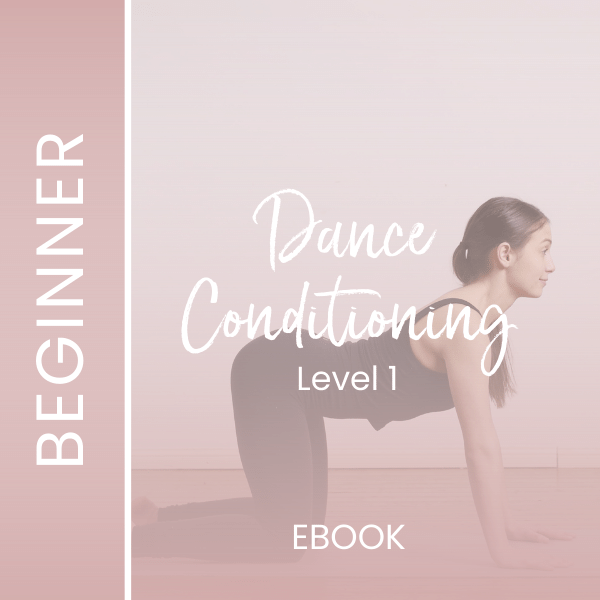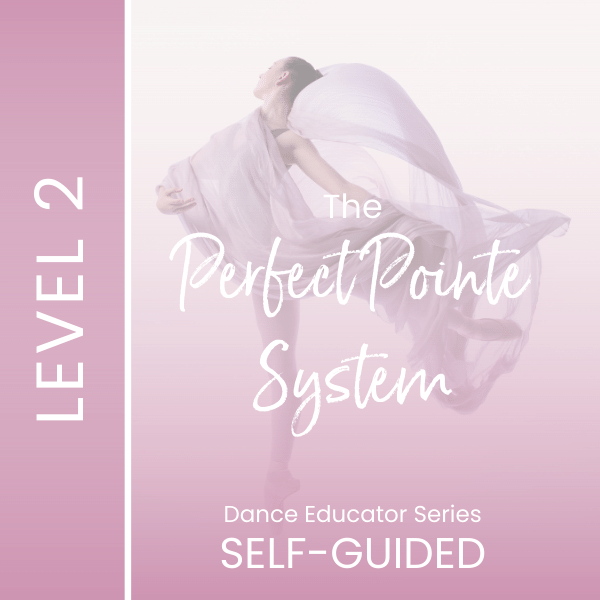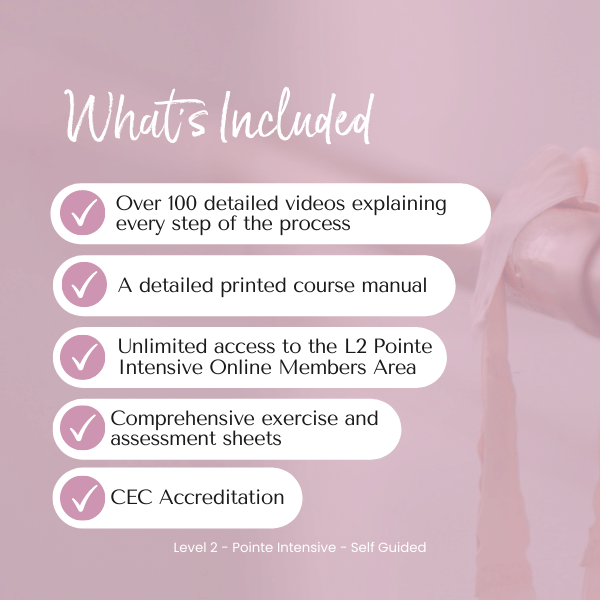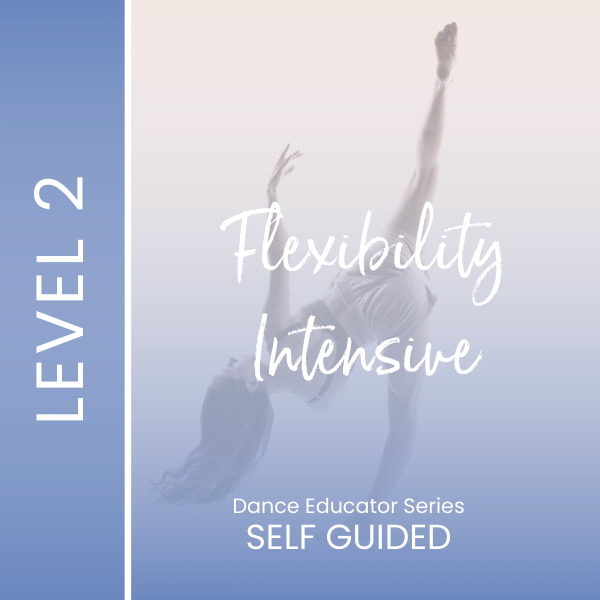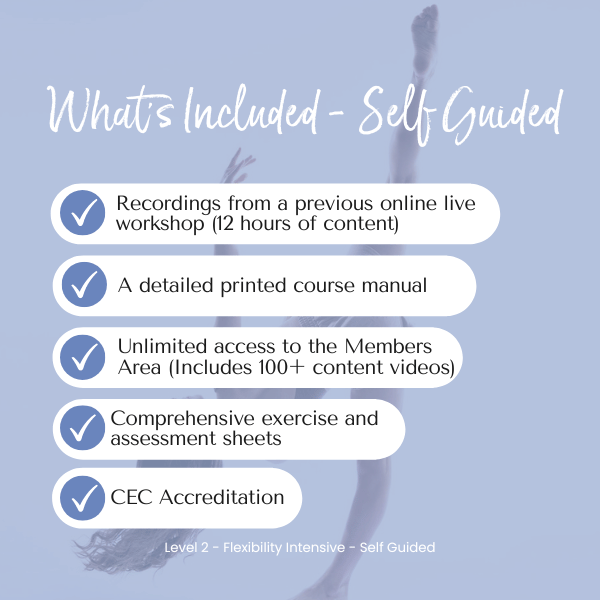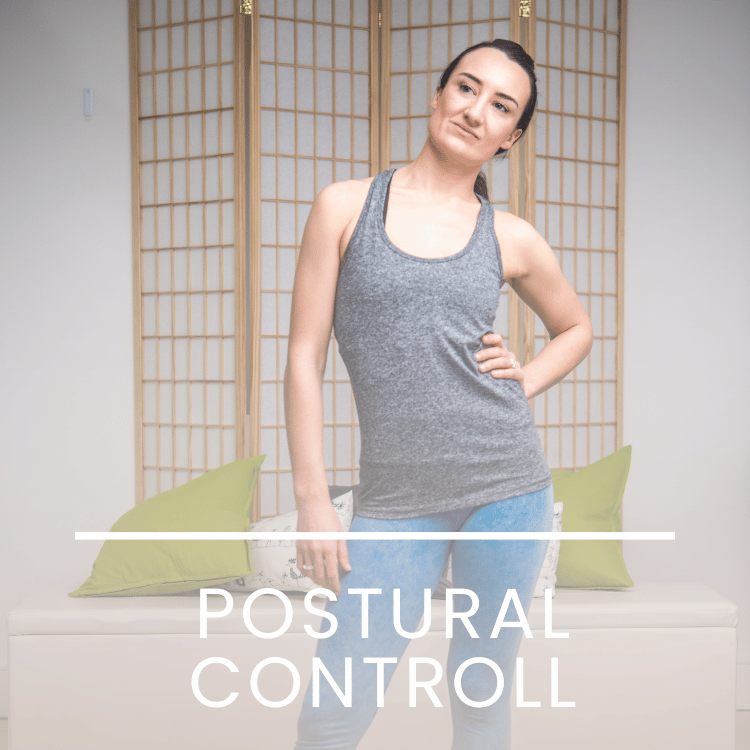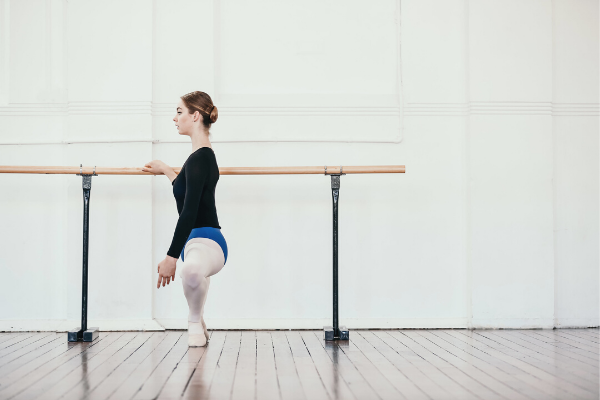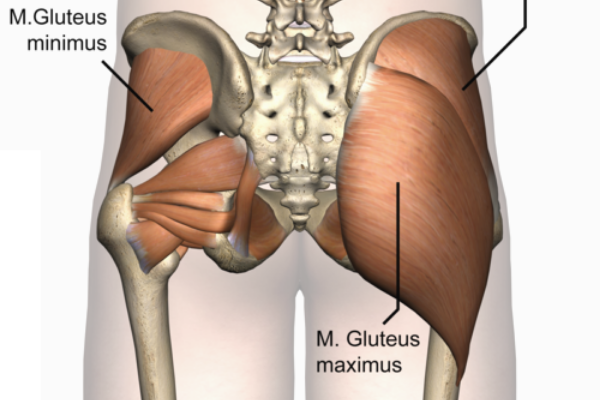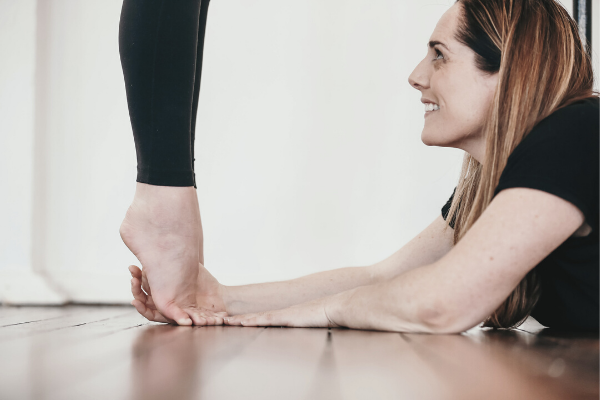- Free Articles
- Shop
- Workshops
- The Dance Educator Series
- Upcoming Workshops
- Workshop FAQ’s
- Host Application Form
- Student Workshop Application Form
- Dance Teacher & Health Professional Directory
- Workshop Testimonials
- Members Areas
- Cart
- My Account
Cardio Training for Dancers
Many teachers and students struggle to find an appropriate cardiovascular training regime to complement their dance training. This is a very common issue in the dance world and much more research into the area definitely needs to be done in this extremely important area.
Often the aim of cardio training for dancers is to increase endurance, or to reduce body without increasing muscle bulk and this goes for girls as well as boys.
However there are many other benefits to a good cardio program, and it should be an essential element of any dancers training regime, no matter what their body type. As injury rates increase with fatigue, potentially improving a dancer's endurance may help prevent many of those injuries occurring.
If a dancer thinks that she should, or has been told that she should, lose weight, the immediate response is often to stop eating, which unfortunately is actually the last thing a dancer with a high training load should do!
Suddenly dropping your food intake can send your metabolism into a stress response, raising your cortisol levels, which can actually have the reverse effect on your body! The optimal strategy is one that encompasses dietary considerations (lots of fresh vegetables, lower GI choices and lean protein) as well as a sensible cardiovascular training regime.
What type of exercise?
When looking at the type of cardiovascular exercise, we advocate using interval training and choosing an activity that requires major muscle groups than the ones you use for dancing. In the case of male dancers, who often describe losing strength and endurance in their legs after power walking or running, choosing an activity such as swimming will raise their heart rate without overtraining the legs.
Why use interval training?
"Fartlek" or interval training is a fabulous way for dancers to increase their endurance and fitness. There are many studies that outline the usefulness of this method and theoretically are most similar to how dancers perform.
Very rarely would a dancer continuously dance at a lower intensity for 30-40 minutes. So why go for a 30-45 min jog? Fartlek or interval training basically uses relatively short bursts of exercise measured by time or distance with recovery time between bursts of exercise. The aim is to take your heart rate up to its maximum (as it would when you are dancing full out) and then train yourself to recover your breath and your heart rate as quickly as possible ready to go again.
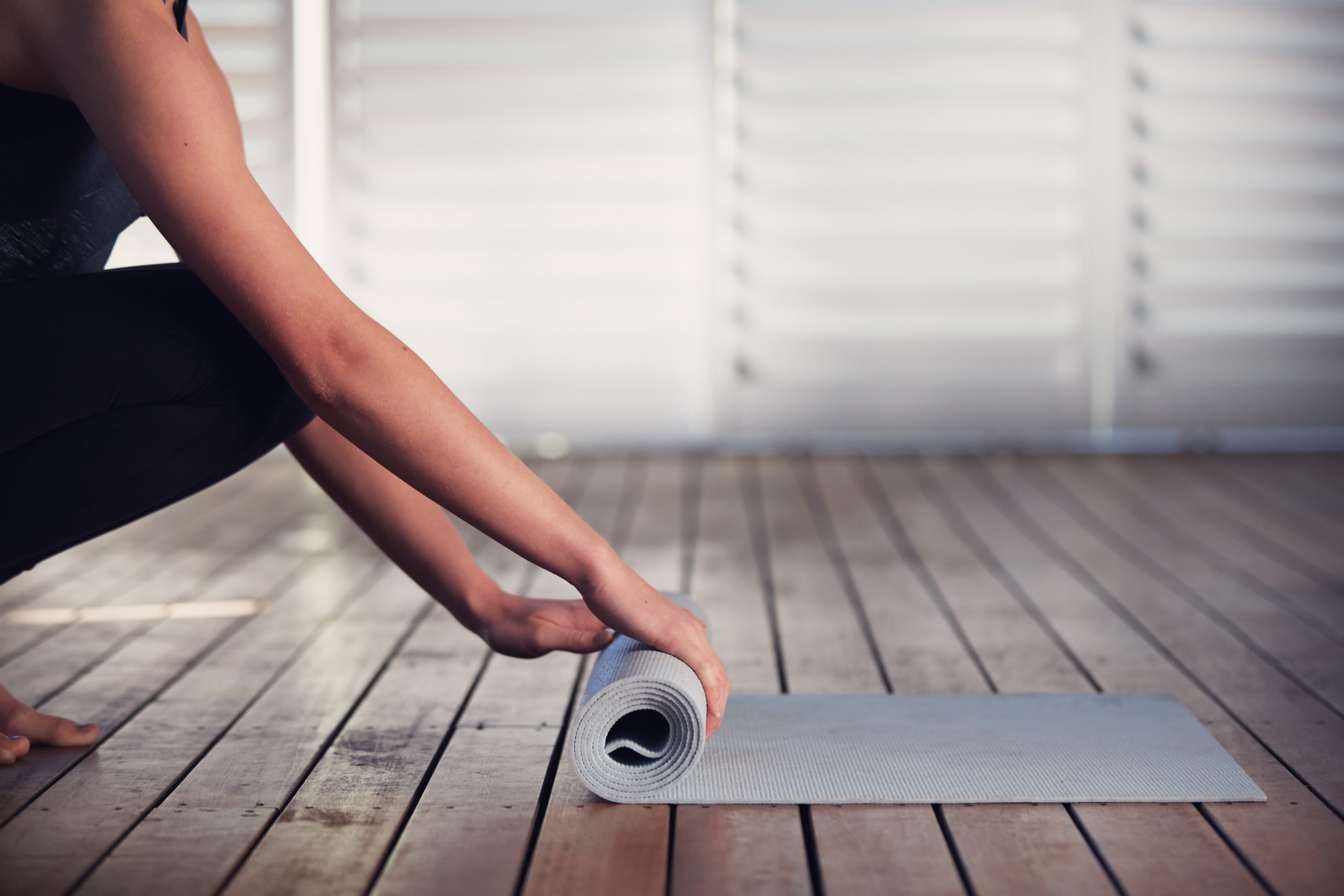
Always take into consideration other areas of weakness
If you have previous or current issues with the front of your hips, the repetitive flexion in cycling MAY be best avoided. If you have trouble with your knees or back, then breaststroke should be avoided. Similarly, if you have issues with your shoulders in high ranges/overhead, then freestyle should be avoided.
Technique is of utmost importance!
This means that if you are a weak swimmer, swimming will not be the best type of exercise for you. Any type of exercise that does not place a huge repetitive load on the legs can be substituted. For example, a stationary bike on a low resistance with high speed.
How to measure your fitness
The best and easiest way to measure how hard you're working is to use your heart rate (HR) and to keep an eye on it as you progress over time.
You can measure your heart rate by simply feeling your pulse under the angle of your jaw and count the number of beats in 15 seconds.
Multiply that by 4 and you have beats per minute.
Alternatively, you might want to invest in a heart rate monitor, or look for an App on your phone (not suggested for use in the pool!).

Before you start training you need to work out a few numbers to make the most of this technique
1. Take the heart rate at complete rest (sitting down). This is your Resting Heart Rate (RHR).
2. Do a few minutes of gentle activity. A gentle walk, or a slow 2 laps in the pool. Stop and take your heart rate again. This is your Gentle Exercise HR (GE HR).
3. After a good warm-up, perform a short (30 second) sprint as fast as you can go then take your pulse immediately. This is your Maximal HR (MX HR).
NB Many sports science texts will have calculations of MX HR based on your ages, however, we believe that this is actually quite dangerous as not all 17-year-olds are created equal!
In this type of training we are aiming to: decrease your RHR and GE HR, increase your MX HR and reduce the time taken to recover from MX HR to GE HR.
Example:
If you are doing this technique on a stationary bike, your workout could go like this...
- Warm-up - 5 mins on a medium resistance, focusing on loosening up the legs and upper body too
- A gentle stretch of Gluteals, hamstrings, quadriceps, calves, and Spinal Rotation
- Turn up the resistance for 2 mins at a comfortable speed
- Take your heart rate at this point for your GE HR
- Turn up the resistance and sprint as fast as you can for 30 seconds
- Turn down the resistance and keep the peddles spinning for 1 min and focus on bringing your HR back down to your GE HR
- Repeat the sprint for 30 seconds and then 1 min active recovery
- Repeat at least 4 times, up to 10 times.
- Return the resistance to a moderate level and do a 5 minutes consistent cooldown
NB: Once you can do 10 thirty-second sprints, with a minute recovery in between, try increasing the length of the sprint to 45 seconds. Gradually increase the length of your spring up to about 90 seconds. It is rare for a dancer to need to perform at peak capacity for longer than that!
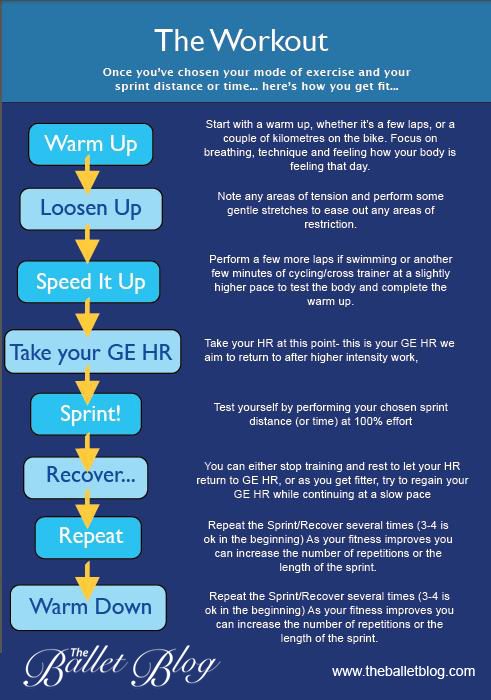
This process challenges the mind and body to work together to increase the rate of recovery from exertion. It also places you in control of your own body and demands that they become responsible for working at an appropriate pace. Many dancers will want to go full out in everything they do; however, this is not necessarily the best option for cardiovascular training.
Seeking the advice of an Exercise Physiologist or trained coach is optimal to take into consideration the needs of every individual. The above guide is purely based on my professional training and personal experience.
Remember to listen to your body, and take it gently at first. 3-4 sprints may be all that you can cope with initially, especially if you are not used to training this way. However, after a few weeks, of 3 sessions of this per week, you should really start to notice an improvement in your endurance and capacity.
I do hope that this process makes sense and is easy to understand! Remember that this is a guide for an example of cardio training for dancers only as each of you are so different from one another. I hope that this gives you a few options and provides an incentive to get off your feet (meaning fewer foot injuries) and increase your endurance in some other ways!
Happy Training!
-
 This product has multiple variants. The options may be chosen on the product page
This product has multiple variants. The options may be chosen on the product pageThe Ballet Blog Gift Card
Price range: $AUD 20.00 through $AUD 300.00


